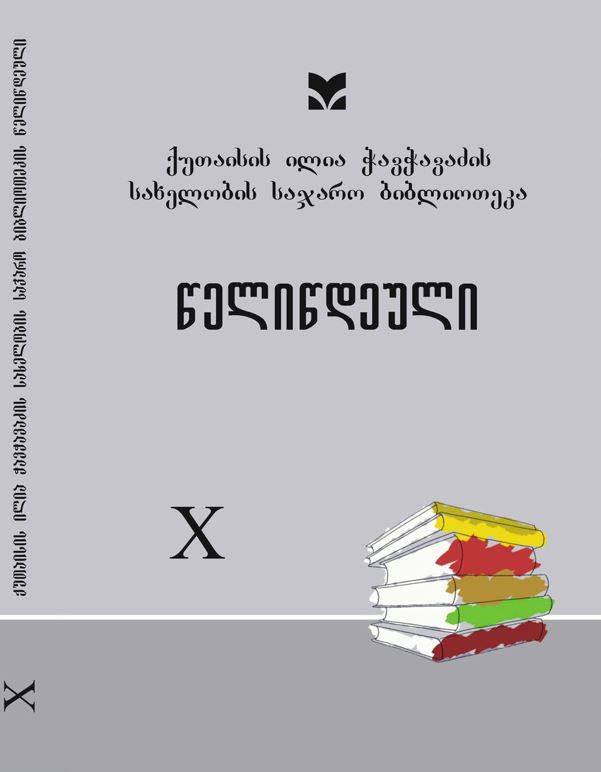About Establishing The N3 City Library
Abstract
Series “Bring the life of the library back into being” aims to re-introduce the libraries and librarians, which no longer exist at present but once were actively involved in the public life of the modern society.
Researching the history of #3 city Library turned out to be quite difficult, the only document which survived until our time is the budget expenses kept in the archives dated back to 1938. That’s why the history of the library stands on the empiric data collected among the participants of the events of that time.
The demand of the local community to have the basic space for better education encountered certain obstacles. By that time very tiny part of the community was able to read and write and the librarians had to conduct verbal reading and speaking sessions in order to fulfill the interests of large numbers of the library users.
The endeavor of the district youths was so powerful to establish the cultural center, that the member of the library board Mikheil Maglakelidze gave the flat in thebuilding from his own yard. In 1924 the first public library was opened in the Meskheti district.
Giorgi Gogava was the first public librarian who served the community diligently and affectionately for two years (1924-1926) with no salary.
In 1926 the library was officially registered. Right from that date, the librarian got the official salary and Giorgi Gogava was replaced by Mariam Maglakelidze.
In 1933 the library changed its address and moved into the building of the annulated shop where it functioned till the time of its abolishment. The flat initially contained one room (40-45 m 2 ) and it was the former dye-works studio. With the help of the local authorities and library activists, the building was decorated and the library now had relatively better conditions for work.
In 1936 the library received the next room (16 m 2 ) the newly received room was turned into the book-stack space. In 1940 the library got a new place for the staff; during World War II the library fund was poorly filled it also faced loss. In 1946 the number of books reaches 4500, in the same year, the library became governed by the culture department.
On March 3, 2011, due to the optimization, reorganization and structural changes the library #3 was abolished on the basis of the statement N16/4. The book funds of the library contained 30000 copies by the time of abolishment.




